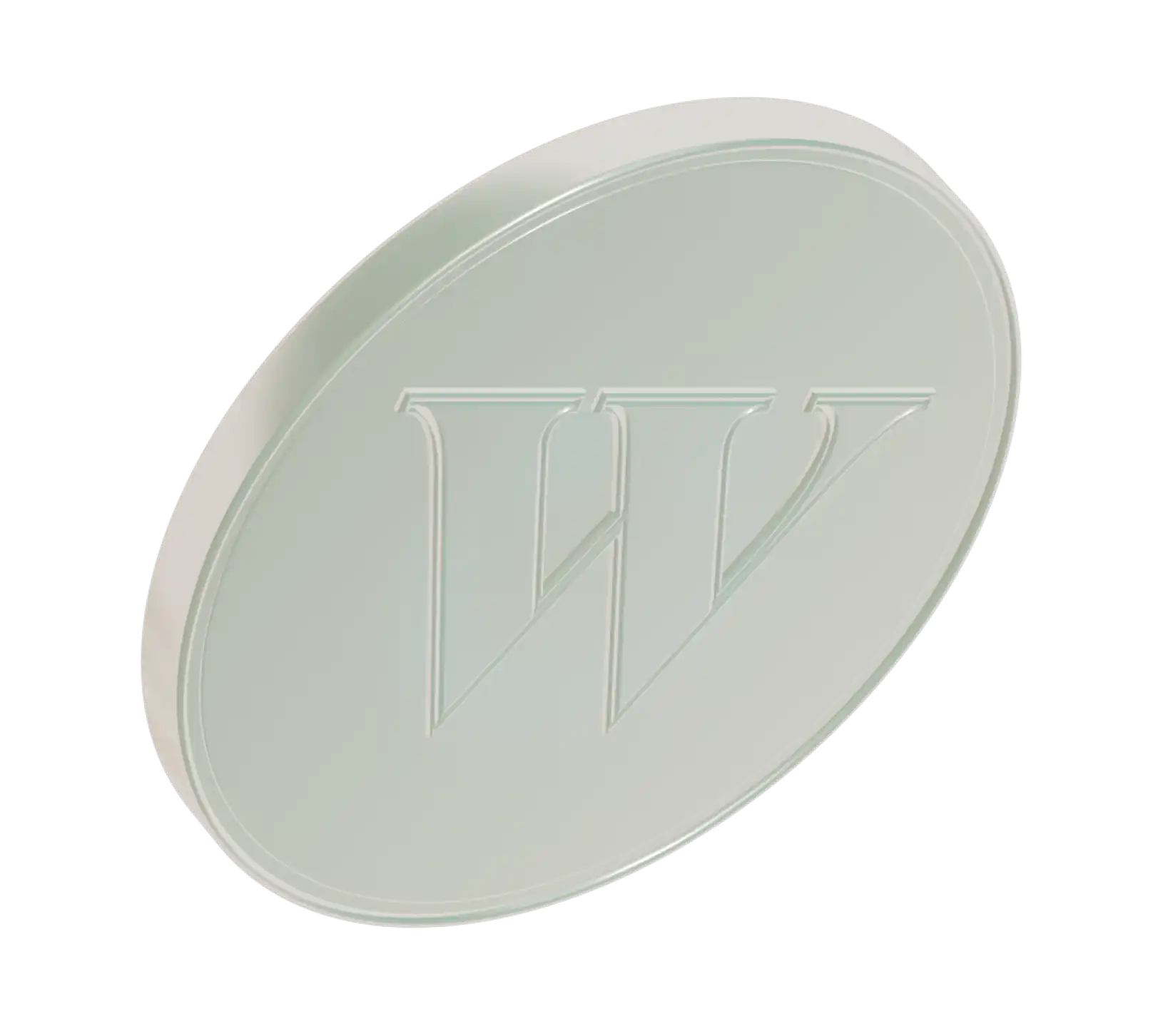Before we get to the bond yield, let's review some bond basics. Bonds are just a loan agreement entered into by an investor and a bond issuer. The “face value” is how much the issuer needs to raise from the investor, and the “coupon rate” is how much the issuer agrees to pay the investor annually. For instance, a $1,000 bond with a 10% coupon rate means the issuer agrees to pay $100 dollars a year for the temporary use of that $1,000. Bond “yield” is the amount of return earned by the bond investor, expressed as a percentage of the bond’s face value. If one investor holds onto a bond until it matures, the bond’s coupon and the yield will be exactly the same—10%.
This is also called the nominal yield. However, if the investor sells the bond on the secondary market before it matures, that bond will fetch a price higher or lower than the face value of the bond, depending on market conditions, which will alter the percentage the bond will return to the investor. This is called the current yield. So if the new buyer purchases the bond at a lower price--say $900--that means that the bond yield will be higher than the coupon rate, since $100 is 11.11% of the purchase price. If the new buyer purchases the bond at a higher price — let’s say $1,100 — the yield will be lower, since $100 is only 9.09% of $1,100. Got it? Should this seem at all confusing, it’s helpful to remember that bond prices and yields behave just like a seesaw: when bond prices go up, yields go down, and when bond prices go down, yields shoot skyward.



